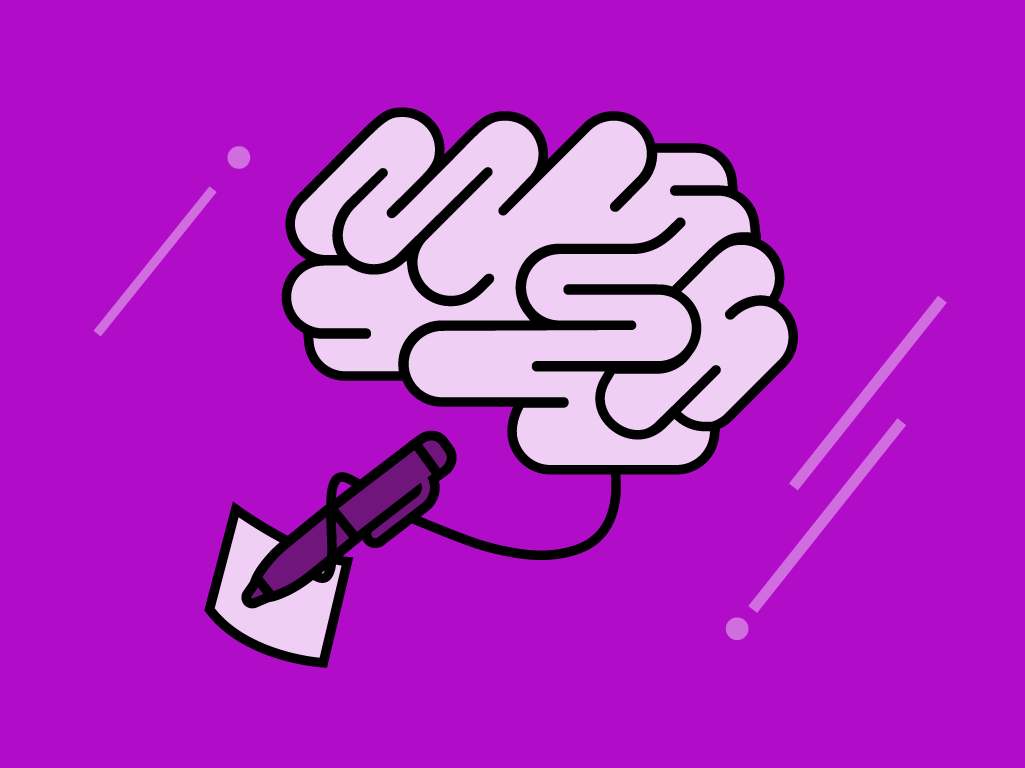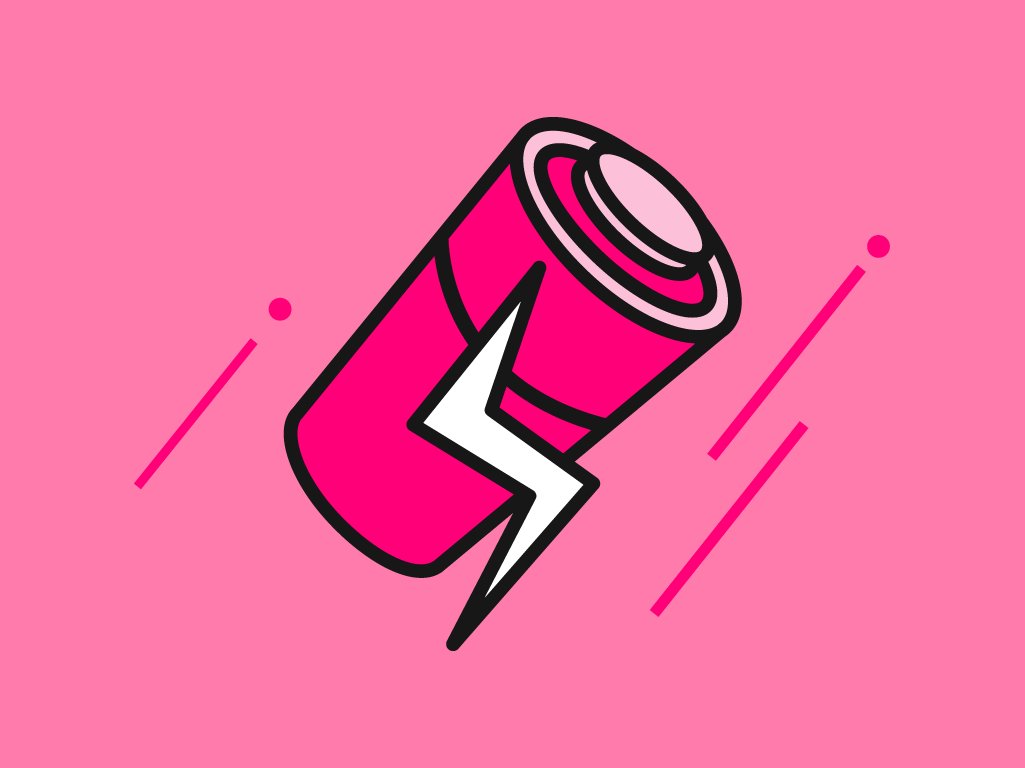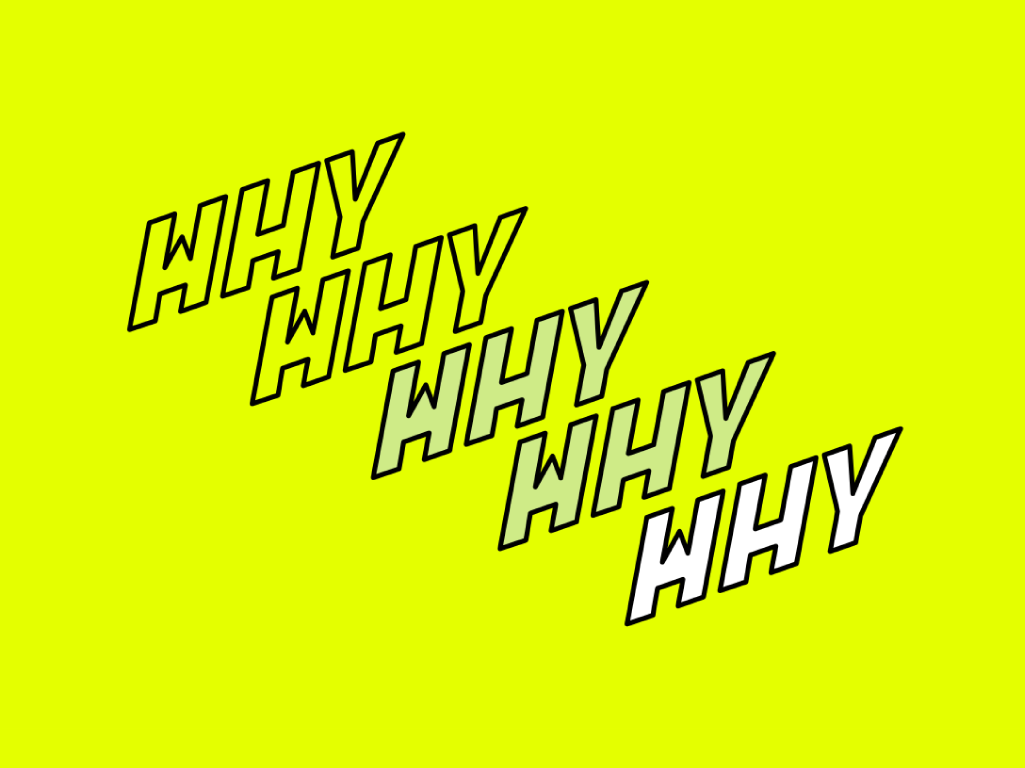This exercise works best with a digital white boarding program, like Miro. Miro has become one of our favorite virtual tools, whether you’re hosting a cross-country (or global) workshop or collecting your own thoughts in your home office. You can sign up for free on Miro.com, create your first board, and watch the brain magic unfold!
How to use or facilitate:
1. Create a new board in Miro (or any other digital white boarding program – Figma is another great one!), or dedicate space for a new canvas in an existing board.
2. In the “Templates” section to the left side of your board, search for and select “Brainwriting” from the list of pre-populated templates.

If you’re using a different application like Figma, make sure to create a handful of multi-colored sticky notes or boxes, one color for each participant. Color is extremely important here as each participant will follow their own color in a diagonal path. (Don’t worry, we’ll explain in Step 4)
3. Now adjust the amount of sticky notes depending on the number of participants. There should be one color and one column for each participant.

4. Your final canvas should look a little something like this. The main goal of Brainwriting is not only to have each participant come up with an initial idea, but to give every participant the chance to explore and build upon the collective group’s initial ideas. In order to do this, assign each participant their own unique color, and list all names across the top in Row 1. Now, underneath each participant name in Row 2, create a second box in their same color as a placeholder for their initial idea. In Row 3, create a third box in the same color, but this time shift the box over one column to start forming a diagonal line. This will become an “Idea Improvement” box. Repeat this diagonal pattern until you’ve created a perfect square. For example if you have 6 participants, you should end up with 6 columns across and 6 rows down (plus a top row where the names are assigned).
5. Ready to get to work? Now is the shining moment. First set the intention of the session. What is the problem, issue, or challenge you’re trying to solve? Pose the problem statement to the group, set a timer, and give each participant 8-10 minutes to find their designated color and write down their initial idea. Let them know that they will be following this same color of stickies or boxes throughout the activity.
6. Once the first timer is up, set another timer for 5 minutes and explain to the group that they will be setting aside their initial idea for now, and focusing on the idea in the column to the right. Give the prompt to read their fellow participant’s idea, and select AT LEAST one modification or way to take that idea to the next level. Each participant will look for their designated colors and use the full 5 minutes to read and expand upon the previous participant’s idea from the row above. If you’re a fan of our tried and true method of “Yes And,” this is for you. The goal here is to add compounding value to each idea by suggesting additional perspectives, features, and spins to help provide a better solution than the one before it.
7. Following the columns across, complete each box using 5 minute intervals until the entire square is complete and all stickies have been filled in.
8. Read aloud each of the final ideas at the bottom of the square. As a group, choose a favorite, a handful of favorites, or distill the best responses into actionable items and key features for the problem you’re solving.
Here is a sneak peek of the completed canvas template of a 12-person workshop we just hosted, and while we can’t show you the details, we can tell you that the bottom row was gold. Happy hunting on your quest for your own gold!

The Takeaway:
Have you heard the phrase, “no idea is a bad idea?” We couldn’t agree more. We fully subscribe to the “Yes And” model which means we never say “no” to ideas, we always look to expand upon them in as many ways as possible. This Brainwriting exercise is like an eternal “Yes And” where each participant will get the opportunity to read and expand upon each and every idea that comes from the group. This ensures that all ideas are heard, and all personality types are on the same playing field. It also means that once the exercise is complete, everyone has had a chance to weigh in and produce the absolute best possible outcomes. The creme doesn’t rise to the top in this case, it filters to the bottom ? leaving you with impactful and actionable ideas to take forward.





